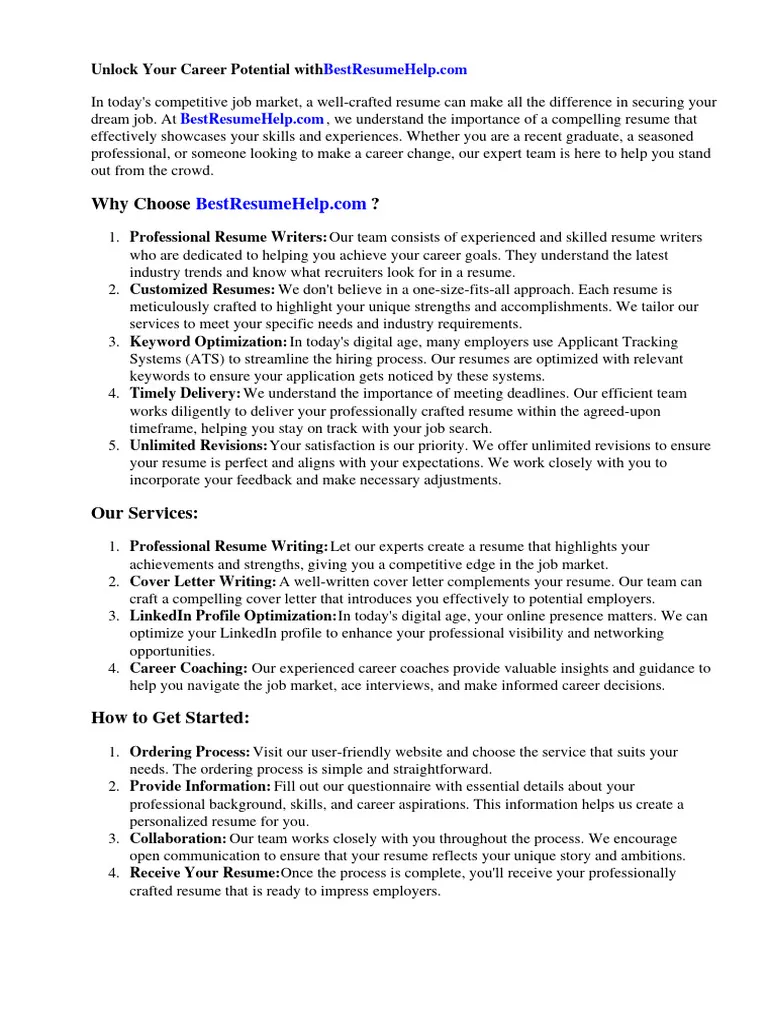Understanding the University Cover Letter
A university cover letter is a crucial document that accompanies your application, serving as your personal introduction to the admissions committee. Unlike your resume or application form, a cover letter allows you to showcase your personality, express your genuine interest in the university, and explain why you are a perfect fit for their institution. It’s an opportunity to tell your story, highlight your accomplishments, and demonstrate your enthusiasm for pursuing higher education. A well-crafted cover letter can significantly increase your chances of getting accepted, as it provides context and depth to your application, offering a glimpse into your aspirations and potential.
Purpose of a University Cover Letter
The primary purpose of a university cover letter is to persuade the admissions committee that you are a strong candidate. It provides you with the space to elaborate on your motivations for applying, demonstrate your understanding of the university’s values and programs, and connect your experiences to their specific requirements. Moreover, the cover letter helps you to differentiate yourself from other applicants by highlighting unique skills, experiences, and aspirations. It also showcases your communication skills, writing ability, and attention to detail, all of which are essential for academic success. A well-written cover letter can create a positive first impression and significantly enhance your overall application.
Key Components to Include
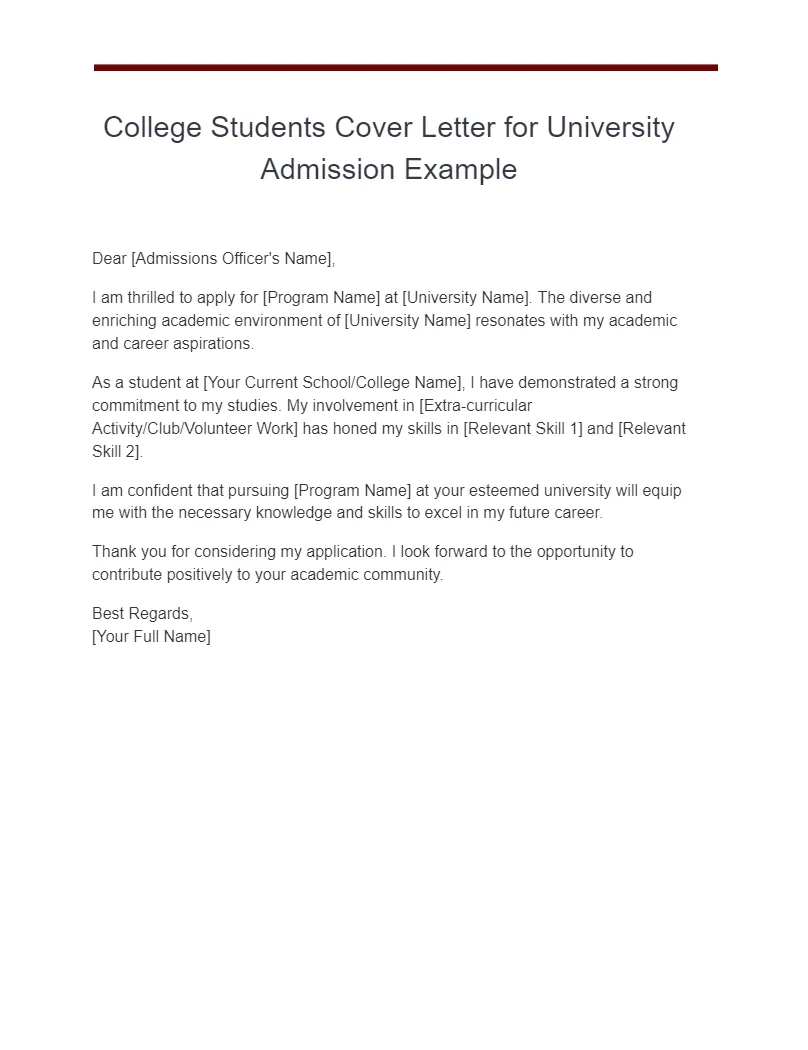
A strong university cover letter should include several key components. Start with a compelling opening that grabs the reader’s attention and clearly states your purpose for writing. Then, discuss your academic and extracurricular experiences, emphasizing their relevance to your chosen field of study and the university’s specific offerings. Highlight your skills and achievements, providing concrete examples and quantifiable results whenever possible. Demonstrate your understanding of the university’s mission and values, explaining why you are a good fit for their community. Finally, conclude with a strong call to action, expressing your eagerness to be considered for admission and your enthusiasm for the opportunity. Always remember to keep the tone professional and enthusiastic.
Formatting Your Cover Letter
Proper formatting is essential for creating a professional and readable university cover letter. A well-formatted letter conveys professionalism and attention to detail, which can influence the admissions committee’s first impression. Choose a clear and readable font, maintain consistent spacing, and use appropriate margins to ensure a visually appealing and easily navigable document. A well-structured format not only enhances readability but also underscores your organizational skills and your respect for the recipient’s time. Therefore, paying attention to the visual aspects of your cover letter is as important as the content itself.
Choosing the Right Font and Size
The font you choose for your university cover letter should be easy to read and professional. Times New Roman, Arial, and Calibri are popular and widely accepted choices. Avoid using overly stylized or decorative fonts, as they can distract from the content. The font size should be between 10 and 12 points to ensure readability without appearing too large or too small. Consistency in font choice and size throughout the document contributes to a polished and professional appearance. Select a font that suits your personality, while maintaining a formal appearance.
Margins and Spacing Guidelines
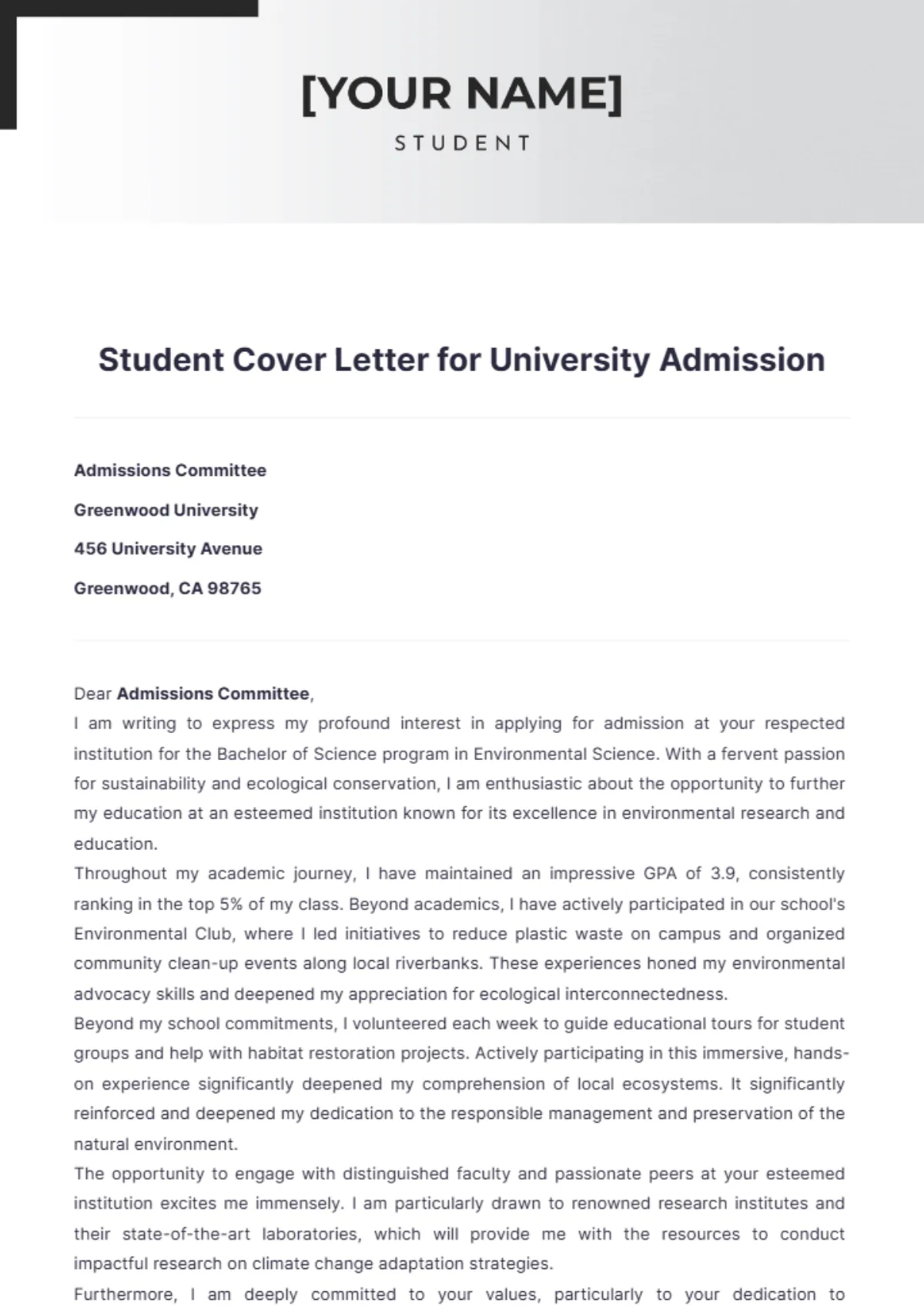
Use standard margins (1 inch on all sides) for your university cover letter to create a balanced and visually appealing layout. Proper spacing is crucial for readability. Use single spacing within paragraphs and double spacing between paragraphs. This allows for clear separation between ideas and prevents the text from appearing cramped. Proper spacing also helps to guide the reader’s eye through the document, making it easier to process the information. Ensure that the entire document maintains consistent spacing and margins for a professional look.
Writing the Perfect Cover Letter
Writing the perfect university cover letter involves a thoughtful approach and meticulous attention to detail. It should reflect your personality, highlight your qualifications, and demonstrate your genuine interest in the university. Avoid generic templates and tailor your letter to each specific application, emphasizing why you are a good fit for that particular institution. A well-written cover letter requires careful planning, clear and concise writing, and thorough proofreading to ensure it is error-free and effectively conveys your message. Each word and sentence must contribute to your overall goal of convincing the admissions committee of your suitability for the program and the university.
Header and Contact Information
Your cover letter should begin with a clear and professional header that includes your full name, address, phone number, and email address. Place this information at the top left corner of the page. Include the date below your contact information, followed by the recipient’s name, title, and the university’s address. Ensure that all contact information is accurate and up-to-date. Using a professional format for your header sets the tone for the rest of the letter, demonstrating attention to detail and professionalism from the very beginning. Make sure this part of your cover letter is easy to read and provides the necessary contact information to the admissions staff.
Addressing the Recipient
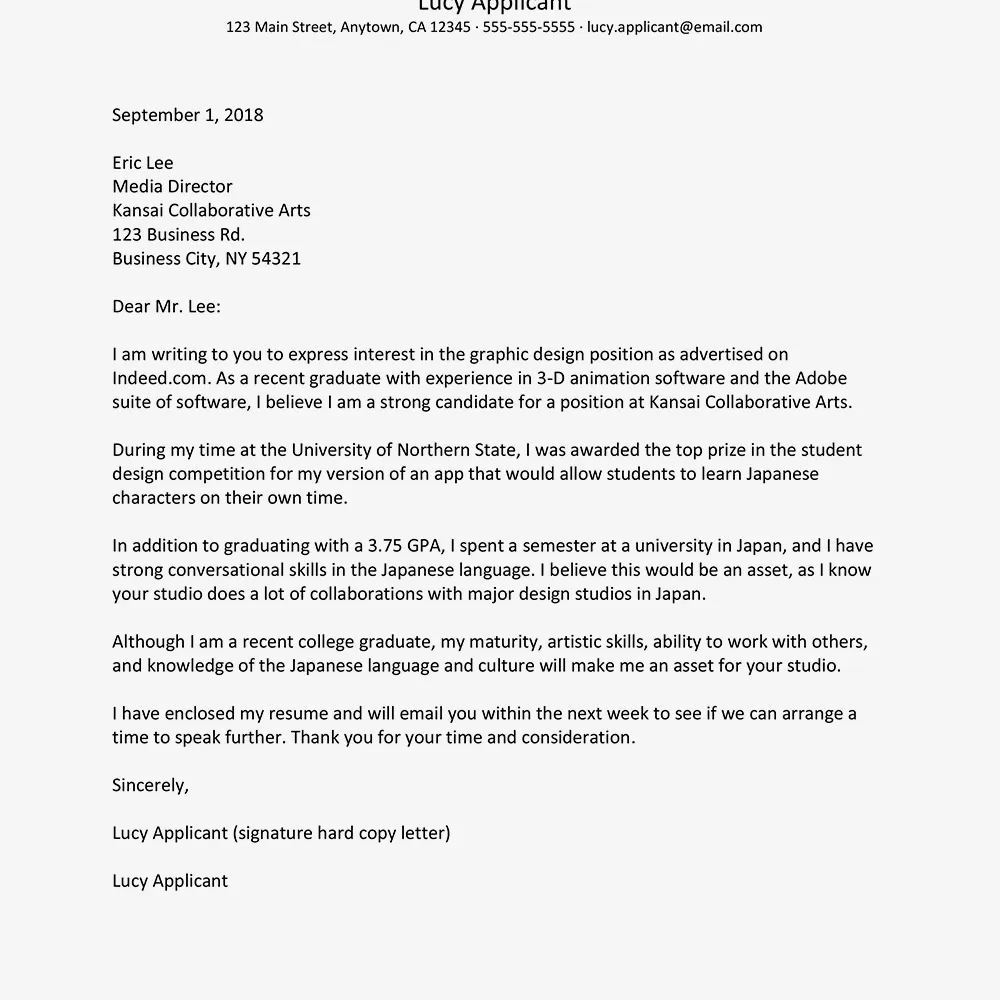
Address your cover letter to a specific person, such as the admissions committee chair or a professor in your desired department, whenever possible. If you cannot find a specific name, use a general greeting like “Dear Admissions Committee.” Avoid generic salutations like “To Whom It May Concern,” as they can make your letter feel impersonal. Research the university’s website or contact the admissions office to find the appropriate name and title. Addressing the recipient by name shows that you have taken the time to research the university and demonstrate a genuine interest in the program. It demonstrates that you pay attention to detail.
Opening Paragraph Strategies
Your opening paragraph should immediately capture the reader’s attention and clearly state the purpose of your letter. Start with a strong statement that expresses your enthusiasm for the university or program. You can mention where you learned about the program or what particularly interests you. Briefly introduce yourself and highlight your key qualifications that align with the university’s values or the program’s requirements. Make sure it is not only informative but also demonstrates a glimpse of your personality and your motivations for applying. This section is a crucial first impression, so make it count.
Body Paragraphs Explaining Experience
The body paragraphs are where you elaborate on your experiences, skills, and achievements. Use specific examples to demonstrate your qualifications and provide context. Relate your experiences to the program’s requirements, showing how your background makes you a good fit. Organize your paragraphs logically, focusing on different aspects of your profile, such as academic achievements, extracurricular activities, and any relevant work experience. Use concise and clear language, and always emphasize your key strengths. The body paragraphs should provide concrete evidence supporting your application.
Highlighting Relevant Skills
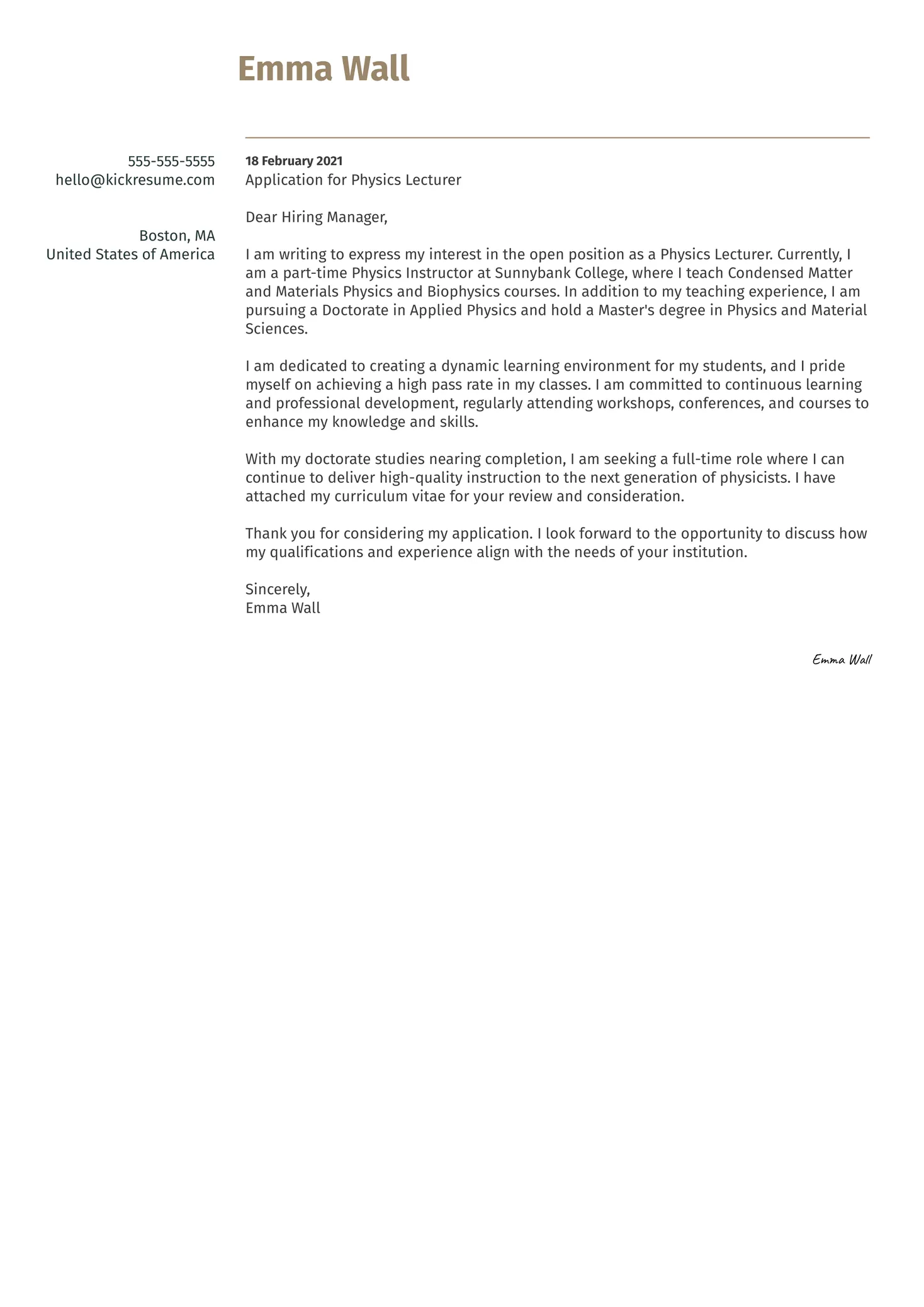
Highlight the skills most relevant to the program you’re applying for. Consider the skills mentioned in the program’s requirements or job description. Provide examples of how you have demonstrated these skills in your past experiences. Whether it is leadership, teamwork, or technical proficiency, describe the specific situations where you applied these skills and the outcomes you achieved. Quantify your accomplishments whenever possible, using numbers and metrics to demonstrate your impact. Emphasize the alignment between your skills and the program’s objectives.
Showcasing Your Achievements
Showcase your most significant achievements in your academic and extracurricular pursuits. Describe the awards you have received, the projects you have completed, and any leadership roles you have held. Quantify your achievements by providing specific data and outcomes, such as improved grades, successful projects, or increased membership in organizations. Focus on achievements that demonstrate your potential for success in the university program. Showcase your drive for success, and detail the efforts you took to reach such accomplishments.
Quantifying Accomplishments
Whenever possible, quantify your accomplishments to make them more impactful. Instead of saying you “improved sales,” state that you “increased sales by 15% in six months.” Use numbers, percentages, and specific data to demonstrate the impact of your achievements. This provides concrete evidence of your abilities and helps the admissions committee understand the value you bring. Quantifying your accomplishments also shows that you have a results-oriented approach and can measure success. When explaining your achievements, always add specific examples and values.
Closing Paragraph and Call to Action
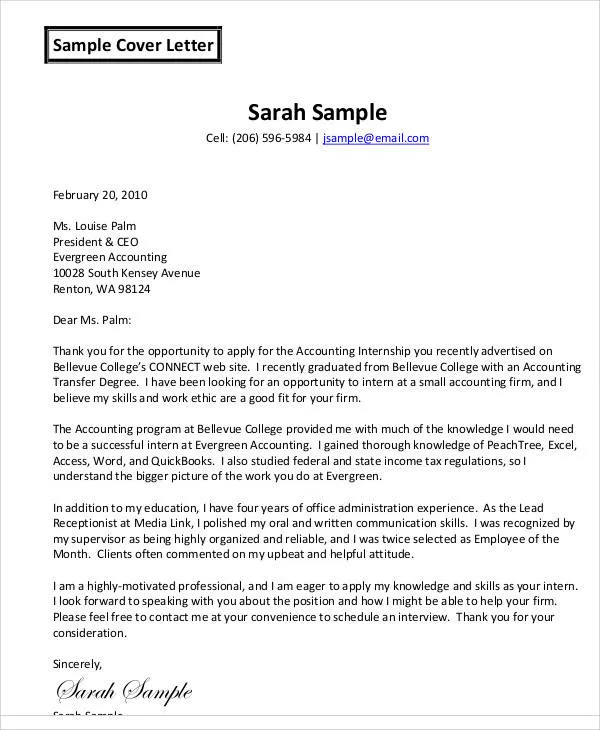
In your closing paragraph, reiterate your interest in the university and program. Express your enthusiasm and reiterate why you are a strong candidate. Include a clear call to action, such as stating that you look forward to hearing from them or that you are available for an interview. Thank the reader for their time and consideration. Use a professional and confident tone to leave a lasting positive impression. This is your last chance to make an impact; ensure your letter ends on a high note.
Proofreading and Editing
Proofreading and editing are essential steps in creating a polished and professional cover letter. Carefully review your letter for any grammatical errors, spelling mistakes, and punctuation issues. Ensure that your writing is clear, concise, and easy to understand. Read your letter aloud to catch any awkward phrasing or sentence structure. Have a friend, family member, or career advisor review your letter for feedback. A well-proofread letter demonstrates your attention to detail and your commitment to presenting a professional image. Make sure to double-check all information.
